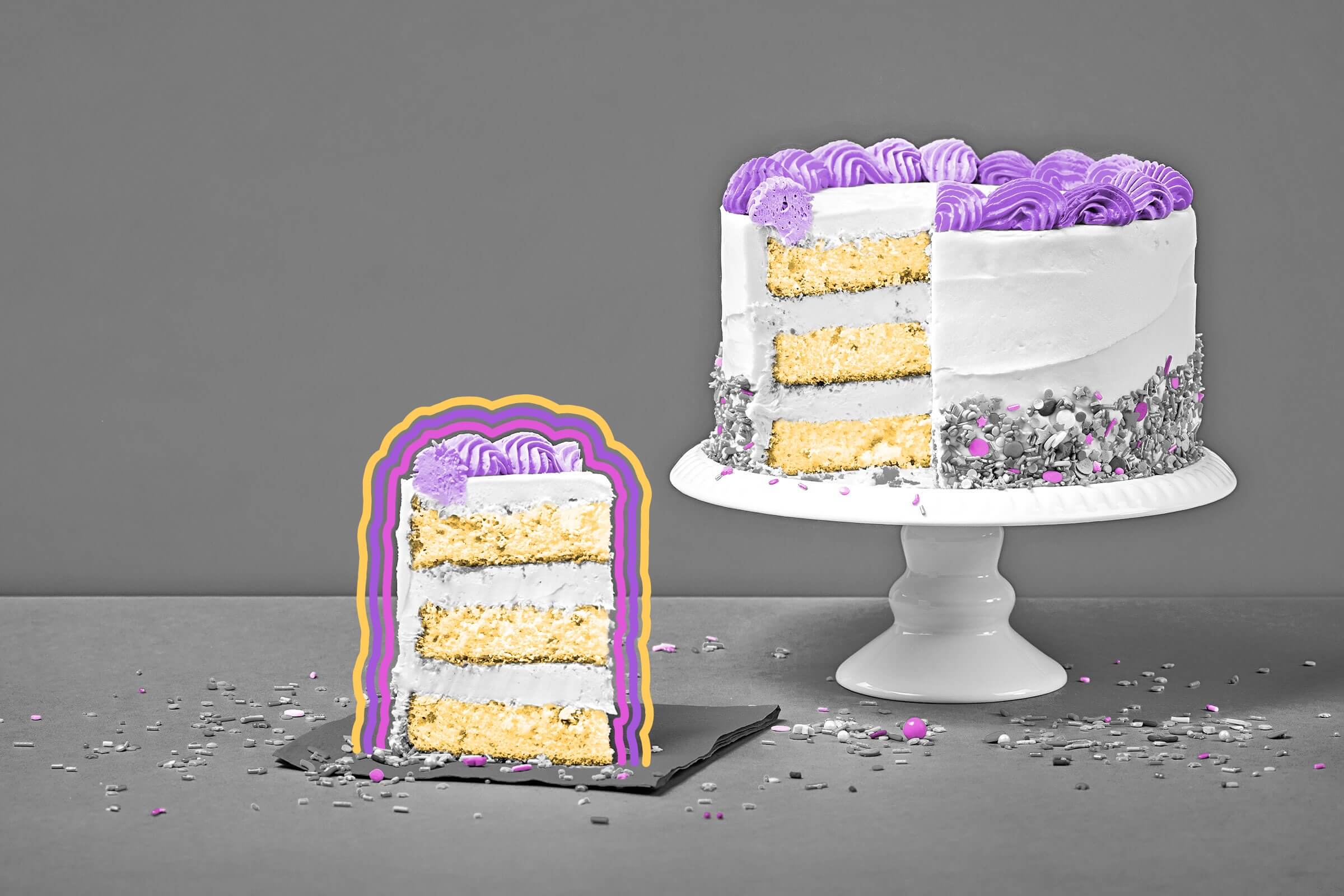
Marie Antoinette never said, “Let them eat cake.”
Marie Antoinette’s most famous line has echoed for more than 200 years, reportedly adding fuel to the fire of France’s revolution. The only problem is the French queen’s supposed declaration is a myth — historians don’t think Marie Antoinette ever said, “Let them eat cake,” after being told her subjects had no bread. Researchers point to two main plot holes in the quote’s supposed backstory, the first being its phrasing in English. In fact, the French queen is supposed to have said, “Qu’ils mangent de la brioche,” or “Let them eat brioche,” a reference to a decadent bread made with eggs and butter.
The second problem is that the outline of the tale predates Marie Antoinette’s reign. At least one similar story cropped up around the 16th century in Germany, wherein a noblewoman suggested the poorest citizens in her kingdom eat sweetened bread. However, the first person to print the line about brioche was likely Jean-Jacques Rousseau, a French philosopher who mentioned the story around 1767 in his book Confessions, attributing the comment to a “great princess.” Rousseau’s text was published when Marie Antoinette was still a child in Austria, though it’s possible the story inspired French revolutionaries decades later, and was repeated with the addition of Marie Antoinette’s name as propaganda against the French monarchy. Yet there is no historical evidence (aka printed materials) that proves the queen ever uttered the phrase.
While Marie Antoinette was known for her excessive spending, some historians say the centuries-long smear to her reputation has long overshadowed her philanthropic side. As queen, she established a home for unwed mothers, personally adopted and cared for orphans, and even sold the royal flatware in 1787 to cover the cost of grain for impoverished families — all activities befitting a benevolent ruler who just so happened to love shopping.
Today, baking a cake can be as quick as whipping together a store-bought mix with eggs and oil, but until the mid-19th century it was an arduous task for home cooks. That’s because baking powder — the leavening agent that gives baked goods their light and fluffy texture — wasn’t invented until 1856. Before then, baking pastries and breads required advanced planning, since achieving an airy texture meant using yeast — which wasn’t commercially available until 1822. Bakers had to create their own yeast, by fermenting fruit, vegetables, or grains. Even with a successful infusion of yeast, batter had to rise between 12 and 24 hours; in some cases bakers tried other strategies, like whipping eggs thoroughly to add air bubbles or using caustic pearlash (which could add a bitter flavor), or by 1846 using the newly invented baking soda mixed with an acidic liquid like sour milk. In 1856, chemist and Harvard professor Eben Norton Horsford patented the first baking powder containing monocalcium phosphate, an acidic compound extracted from boiled animal bones. Horsford’s unique product blended the ingredient with baking soda in a shelf-stable, easy-to-use compound that would become popular among chefs and turn the baking powder business into a multimillion-dollar industry by 1900.

